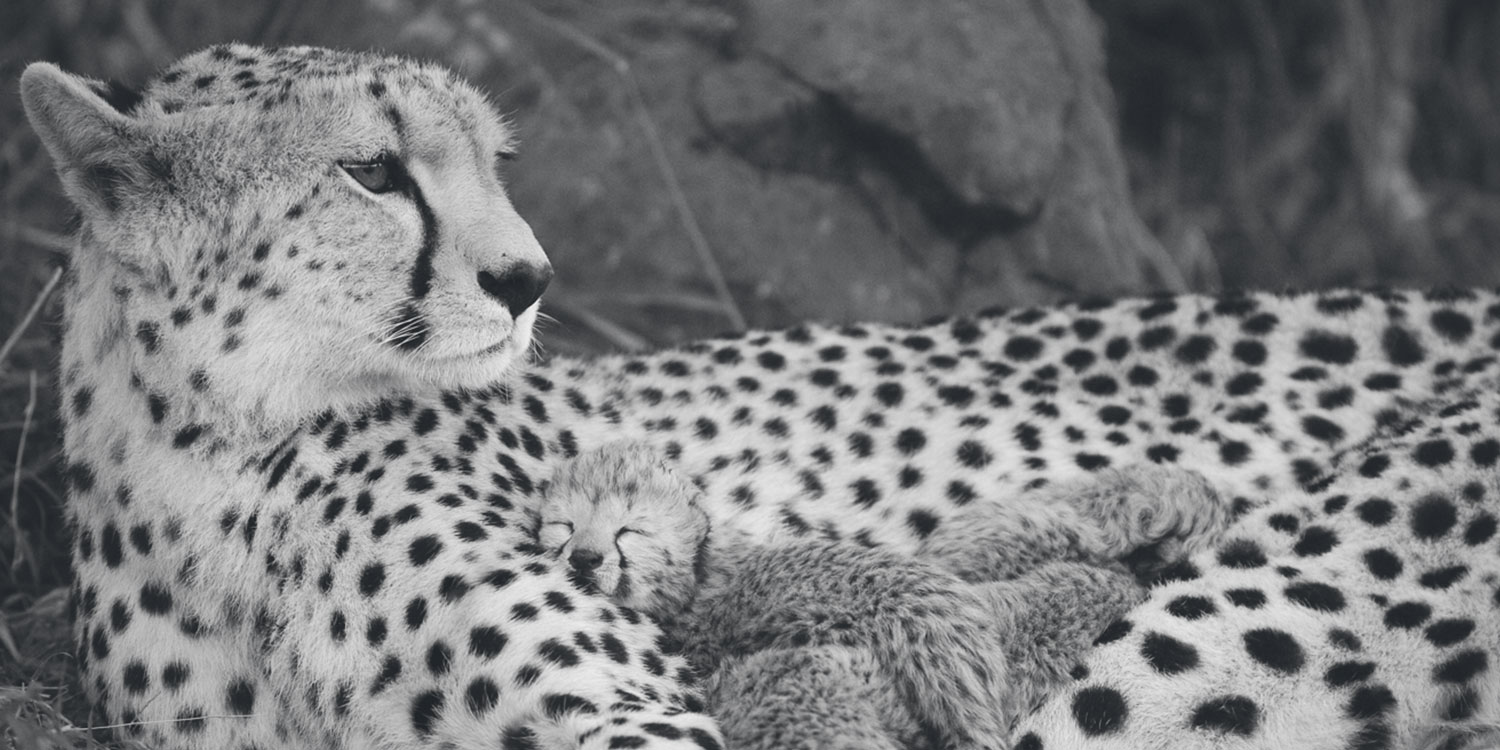Fecal microbiota is more stable during degradation and more diverse for ex situ cheetahs in Namibia compared to the USA
- January 27, 2025
- by Maly M., Roberts R., Keady M., Schmidt-Küntzel A., Maxwell M., Marker L. L., Breen M., Muletz-Wolz C. R., Crosier A.E.
The relationships between gut microbiota and animal health are an important consideration increasingly influential in the management of wild and ex situ endangered species, such as the cheetah (Acinonyx jubatus). To better understand these relationships, fresh fecal samples are currently required as a non-invasive alternative for the gut microbiome.
Unfortunately, fresh samples are challenging to collect in the wild. This study had two aims:
- to determine the optimal collection time point for cheetah feces after deposit in their native environment of Namibia as a guide for wild cheetah fecal microbiome studies;
and - 2) to compare the fecal microbiota of two ex situ cheetah populations (Front Royal, VA, USA and Otjiwarongo, Namibia), which also consume different diets. We collected eight fresh fecal samples from cheetahs in Namibia and allowed them to decompose for four days, taking subsamples each day. The fresh Namibian samples (n = 8) were also used in objective two for comparison to fresh USA cheetah samples (n = 8). All samples were analyzed for bacterial community diversity and composition using 16S rRNA gene amplicon sequencing.
First, over a five-day sampling period in Namibia, subsamples 1-3 days post-fresh showed no changes in bacterial diversity or composition compared to fresh subsamples. Second, fresh ex situ cheetah samples under Namibian conditions had increased bacterial taxa, more phylogenetically diverse bacterial communities, and compositionally distinct microbiomes from cheetahs managed in human care in the USA. However, when bacterial ASVs were weighted by relative abundance, both populations shared 69% of their total bacterial sequences indicating a conserved cheetah microbiota between the two populations. We also found few differences in predictive functions of the fecal microbiota between the populations, where only one disease-related pathway was higher in the USA samples. Overall, our findings suggest that in dry season conditions (no recorded rainfall) in Namibia, fecals may be usable for up to three days after defecation for microbial ecology studies. There are significant differences between ex situ Namibian and USA populations, and we suggest further investigation into the influence of diet, host demographics, and environment on the gut microbiota and health of cheetahs.
Link to publication: https://www.frontiersin.org/journals/conservation-science/articles/10.3389/fcosc.2024.1503026/full

